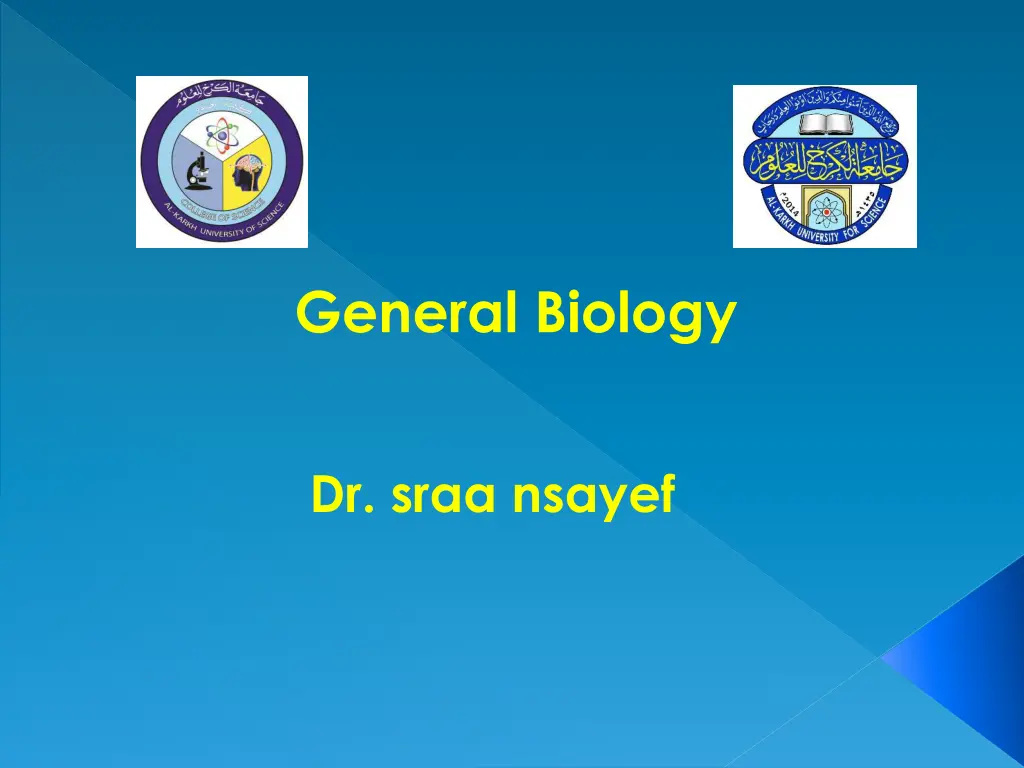
Understanding the Intricacies of Cell Biology: Organelles and Functions
Delve into the fascinating world of cell biology with a detailed exploration of various organelles like the nucleus, endoplasmic reticulum, Golgi apparatus, and mitochondrion. Learn about their structures, functions, and importance in cellular processes. Enhance your knowledge of cytoplasm, nuclear envelope, nucleolus, chromatin, smooth ER, and more through informative descriptions and images.
Download Presentation

Please find below an Image/Link to download the presentation.
The content on the website is provided AS IS for your information and personal use only. It may not be sold, licensed, or shared on other websites without obtaining consent from the author. If you encounter any issues during the download, it is possible that the publisher has removed the file from their server.
You are allowed to download the files provided on this website for personal or commercial use, subject to the condition that they are used lawfully. All files are the property of their respective owners.
The content on the website is provided AS IS for your information and personal use only. It may not be sold, licensed, or shared on other websites without obtaining consent from the author.
E N D
Presentation Transcript
General Biology Dr. sraa nsayef
The cell Lec Lec (( ((5 5)) ))
2-Cytoplasm is everything between the plasma membrane and the region of DNA. It is a thick, jelly like fluid consist from the cytosol, and various other components. cytosol + organelles = cytoplasm
Organelles of cytoplas Nucleus: is large organelle that encloses a eukaryotic cell DNA. The function of nucleus, it maintain the genetic material in the cell; produce the ribosome and other function.
Component of nucleus 1- Nuclear envelope: A double membrane that separated the inside of the nucleus from the cytoplasm, it has many pore. 2- Nucleolus: A cluster of the RNA and protein used to assemble ribosomes from their subunit. 3- Nucleoplasm: Fluid interior portion of the nucleus. 4- Chromatin: All the DNA molecules and their attached proteins. 5- Chromosomes: The individual DNA molecules and the attached proteins.
The Endoplasmic Reticulum: is a flattened channel that starts at the nuclear envelope and snakes through the cytoplasm. The functions are assembled of lipids and polypeptide chains are modified into final proteins. Rough ER (RER) is attached the membrane with ribosomes .the function of RER modified polypeptide chains that have a built
Smooth ER (SER) has no ribosomes and curves through the cytoplasm like flat connecting pipes which assemble most lipids inside these pipes
Golgi apparatus, also called Golgi complex or Golgi body, membrane-bound organelle of eukaryotic cells that is made up of a series of flattened, stacked pouches called cisternae.
Mitochondrion 1- Smaller than chloroplast 2- Contain ribosomes and their own DNA 3- Surrounded by a double membrane Inner membrane surrounds the matrix and is convoluted (folds) to form cristae. Matrix Inner semifluid containing respiratory enzymes 4- Involved in cellular respiration 5- Produce most of ATP utilized by the cell
Lysosome Lysosome specialized organelle for intracellular digestion. ***It contains of enzymes that speed the breakdown of proteins, complex sugars, nucleic acids, and some lipids.
***Microbodies: Peroxisome and Glyoxisome vesicles that form through growth and division within the cytoplasm. ***Glyoxisomes are found in plants - contain enzymes that convert fats into carbohydrates ***Peroxisomes - used for removing reactive compounds from the cytoplasm - create H2O2 as a byproduct and degrade it with the enzyme catalase
Vacuoles Membranous sacs that are larger than vesicles *Store materials that occur in excess *Others very specialized (contractile vacuole) Functions in: *Storage of water, nutrients, pigments, and waste products *Development of turgor pressure *Some functions performed by lysosomes in other eukaryotes
Chloroplast Bounded by double membrane Inner membrane in folded Functions : Photosynthesis
cytoskeleton The cytoskeleton is a system of interconnected fibers and threads in the cytosol. The function acts to organize and maintain the cell's shape, anchors organelles in place, helps during endocytosis and their ability to move. Cytoskeleton contain :- 1- Microtubules: 2- Microfilaments: 3- Intermediate filaments:
